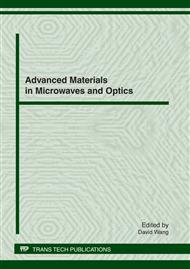p.556
p.562
p.569
p.574
p.579
p.586
p.592
p.598
p.603
Classification of Alpine Wetlands Based on Feature Indices of Remote Sensing Image
Abstract:
Based on the brightness, greenness, humidity indices after Tasseled Cap transformation, NDWI and DEM. Extracting the alpine wetland information in source regions of three Rivers. Result shows that: the humidity can be used to distinguish wetland types from non-wetland classes, brightness component is effective in grassland extracting, while bare rock and gravel land, sand land etc. could be distinguished through its high value on lightness component. Elevation and slope component could be taken as the threshold variable in distinguishing the marsh and bare rock and gravel land. It shows that RS feature index based classification method used on Alpine wetland could improve the overall accuracy by 10.71% and Kappa index by 0.1250 after comparing with the maximum likelihood method. The result indicates that, the method based on indices got from image band transformation is an effective way of alpine wetlands information remote sensing extracting.
Info:
Periodical:
Pages:
579-585
Citation:
Online since:
January 2012
Authors:
Price:
Сopyright:
© 2012 Trans Tech Publications Ltd. All Rights Reserved
Share:
Citation:


